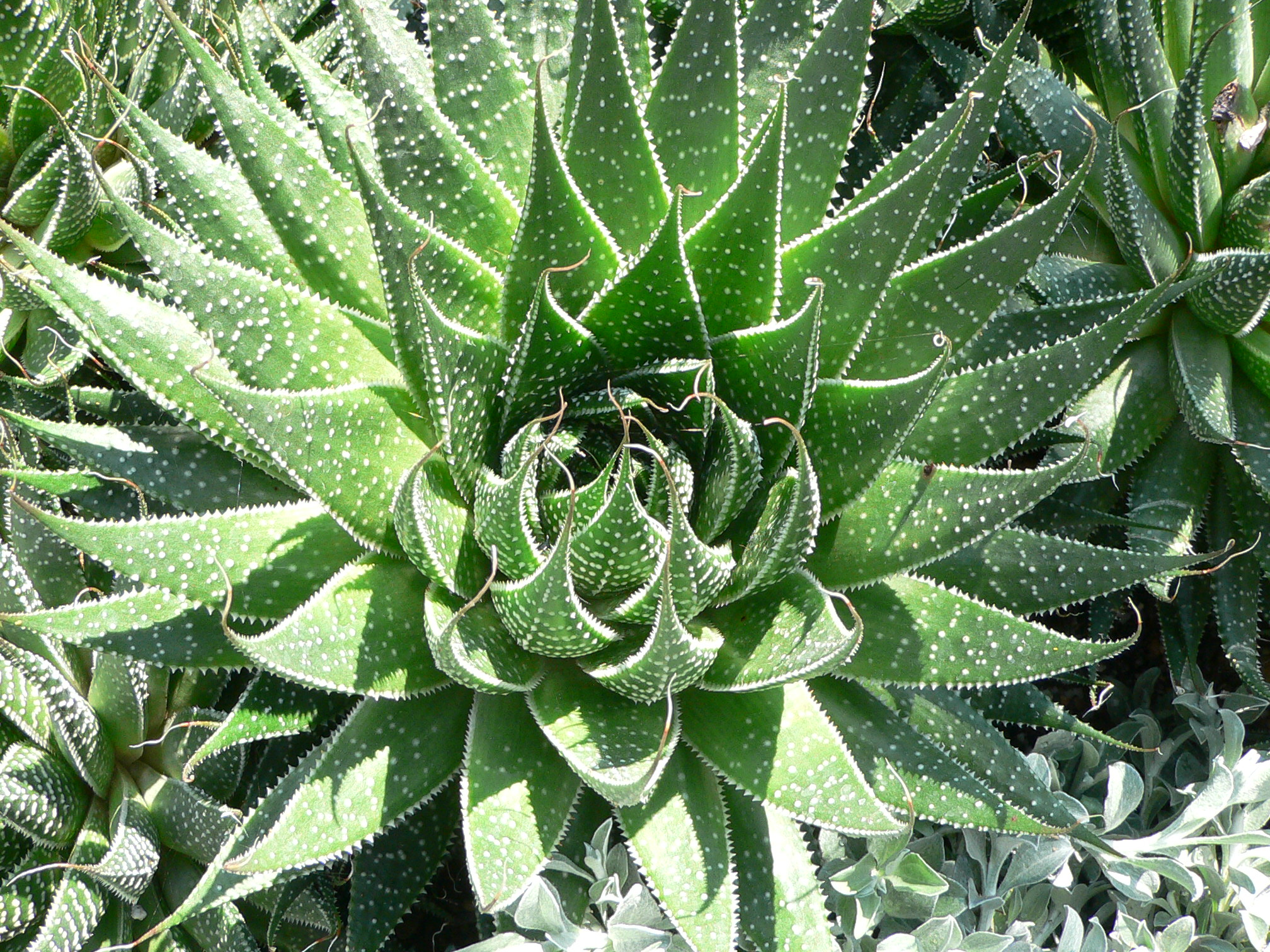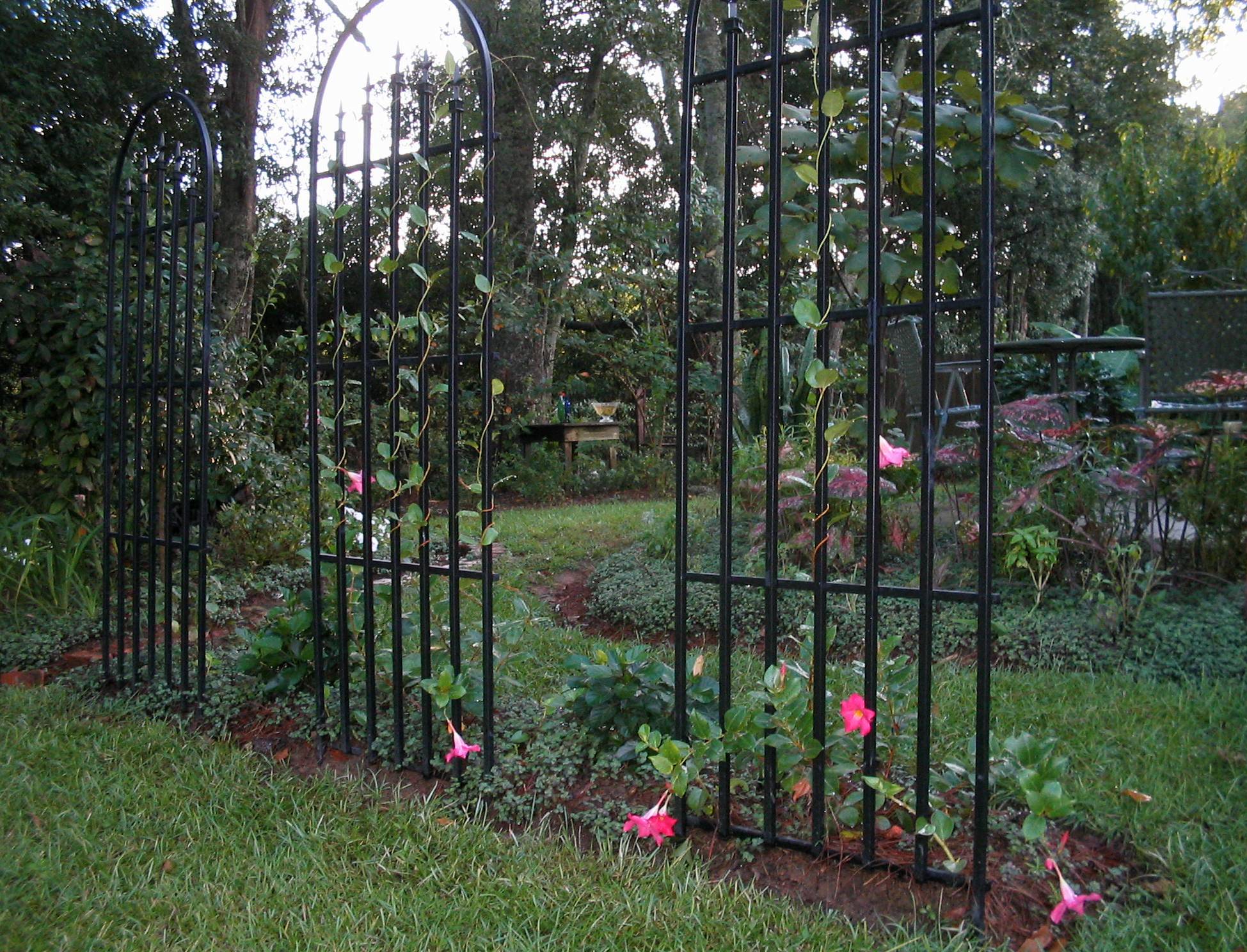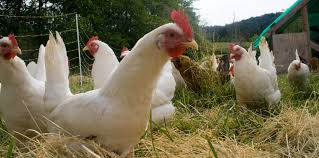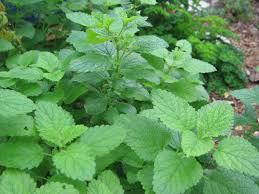How to Reduce Electricity Use
Are you using too much energy in your house? The answer for most people is going to be yes. Often, people are wasting energy without even realizing it. If you are a homesteader, and you have electricity through the grid – or through solar power for that matter – you have to take steps to … Read more







